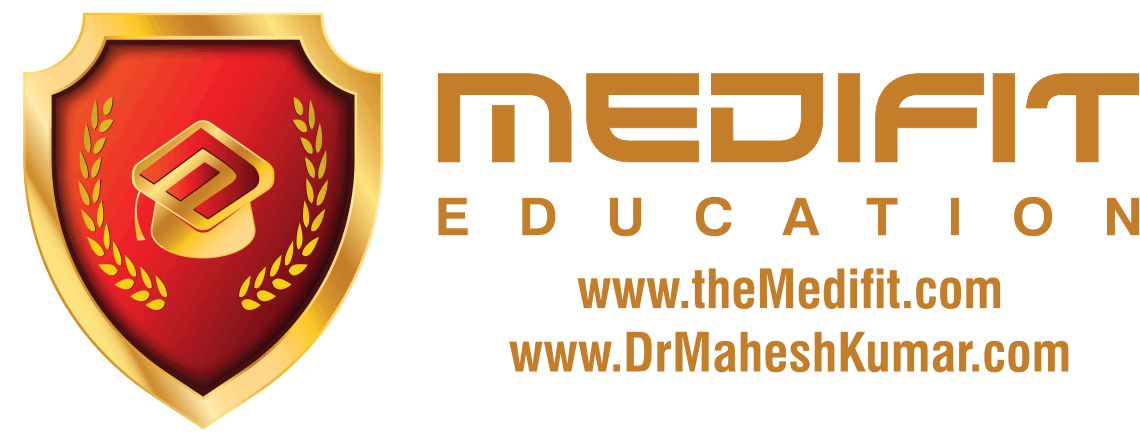The right of this video solely belongs to the owner (The McGraw-Hill Companies, Inc). Digestive System- The primary functions of the digestive system are the breakdown of food (called digestion) and absorption of nutrients. Digestion begins in the mouth, where the teeth break food into smaller particles during mastication. Salivary glands located near the oral cavity secrete saliva, which begins chemical digestion and keeps the food moist. As food is swallowed, the soft palate blocks the upper pharynx to prevent food from entering the nasal cavity, and multiple voluntary muscles in the face, neck, and tongue contract, pushing food particles through the pharynx. The food passes over the epiglottis, which prevents food entry into the respiratory system, and then into the esophagus, which connects the pharynx to the stomach. The one-way movement of the food mass, now called a bolus, is controlled by wave-like involuntary muscle contractions. This movement is known as peristalsis. The bolus now enters the stomach. Folds in the stomach wall called rugae allow for expansion as the stomach fills. Stomach cells secrete HCl (Hydrochloric acid), pepsinogen, and various regulatory hormones that chemically digest the bolus. Muscular contractions in the stomach churn its contents to further breakdown the bolus and mix it with stomach secretions to form a thick liquid called chyme. Chyme exits the stomach through the pyloric sphincter and enters the small intestine, the major site of nutrient absorption. The small intestine consists of three parts: the duodenum, jejunum, and ileum. Bile from the liver and digestive enzymes from the pancreas empty into the duodenum to aid in digestion. Absorbed nutrients pass from the lumen of the small intestine into blood and lymph. Chyme not absorbed in the small intestine enters the large intestine. As it passes through the cecum and ascending, transverse, descending, and sigmoid colon, water and salts are absorbed and chyme is converted into feces. The rectum stores feces until nervous stimulation initiates the defecation reflex, resulting in elimination through the anal canal.
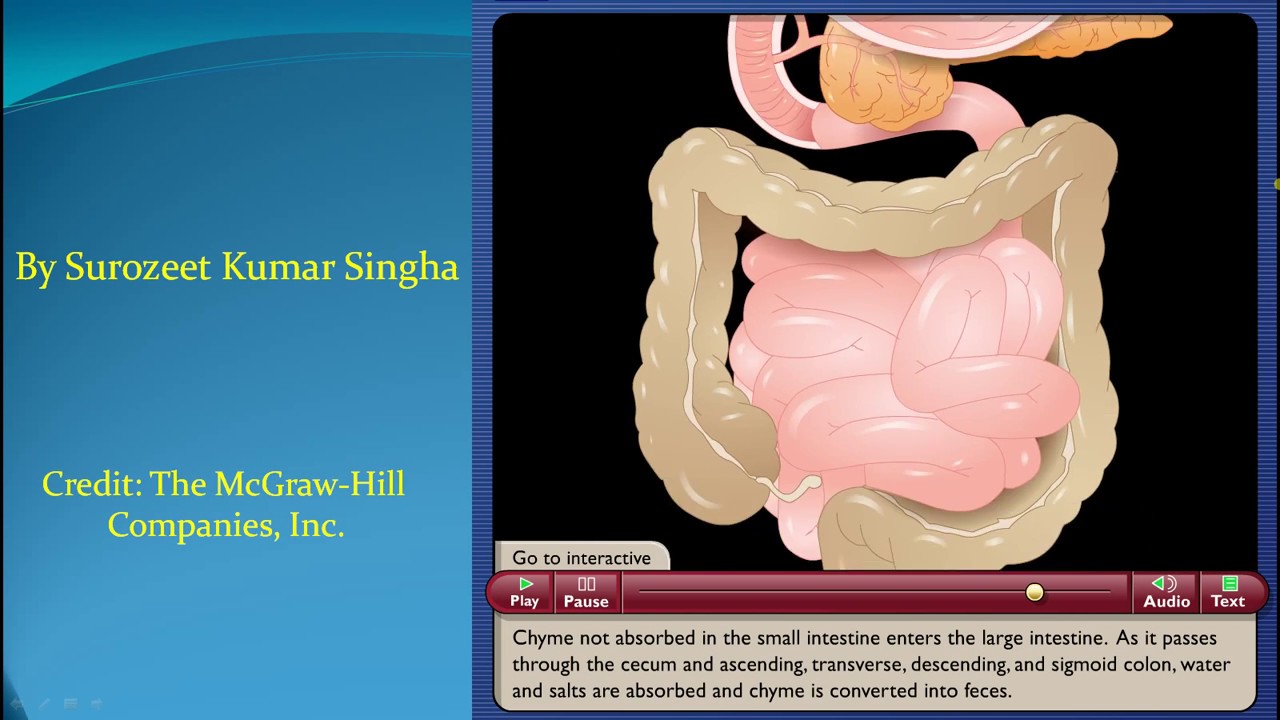
Digestive System
- Post author:
- Post published:May 1, 2021
- Post category:Uncategorized
- Post comments:0 Comments
You Might Also Like
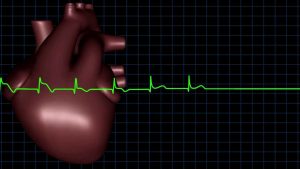
Ask a cardiologist: Lipid profile: All you need to know (Expert opinion)

BCAA Supplements – What Are BCAA’s And How Do They Work? | GuruMann Review

Lateral Definition (Anatomy, Kinesiology, Medicine)

General Surgery Video – 4

Instructional Fitness – Back Extensions
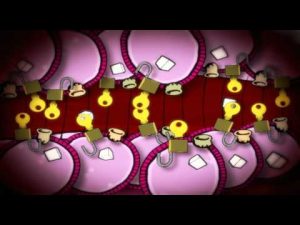
What is Diabetes

TREATMENT FOR JAUNDICE IN THE NEWBORN
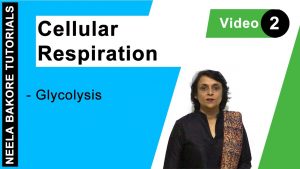
Cellular Respiration – Glycolysis

Cholesterol Lipid Panel Screening Procedure

TOP 5 WHEY PROTEIN Supplements 2015
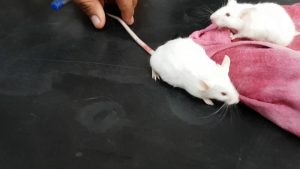
diazepam farmacologia I

Wild Squats-3

Childhood Nutrition Video 1

Ondansetron (Zofran) Nursing Pharmacology Considerations
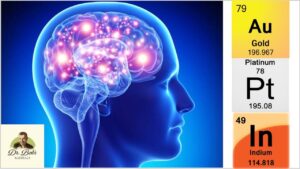
Minerals for Brain Health: Platinum, Indium and Gold

Reverse Hypers

Canoeing Video – 2
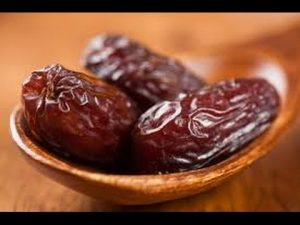
Dates helps in weight gain…

Sports Psychiatry Video – 3
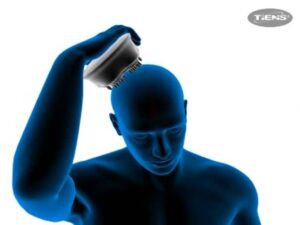
HYPOTENSION APPARATUS
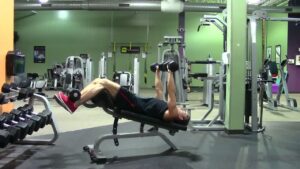
Decline Dumbbell Bench Press – HASfit Lower Chest Exercise Demonstration – Decline Dumbbell Press

Interesting nutrition facts | Nutrition Pass
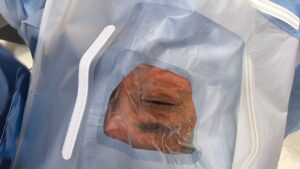
Opthalmogical/Eye Surgeries Video – 1
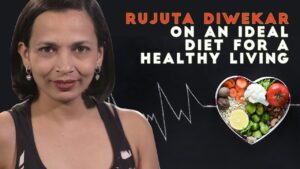
Sugar Free, Low Sugar Video – 28

Spa Day Video – 2

Bradley Martyn | Rear Delt work | Shoulder WORK!
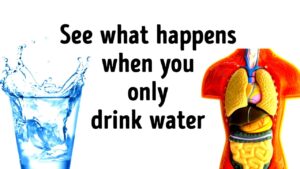
What Would Happen If You Replaced All Drinks with Water?
Anemia
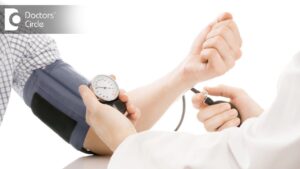
Causes and prevention of High Blood Pressure in young people – Dr. Surekha Tiwari
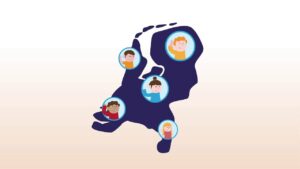
HGH, Growth Hormones & Plant Hormones Video – 20

Top 10 Best Pharmaceutical Companies In India 2021

Step Up-4
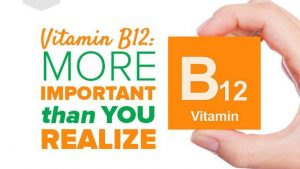
Top 10 Best Vitamin B-12 Supplements For Men & Women ✔✔
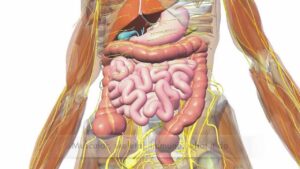
Human Body Systems Video – 6

Lomy Lomy Massage Video – 4

My 8 Biggest Workout & Nutrition Mistakes (DON’T MAKE THEM)
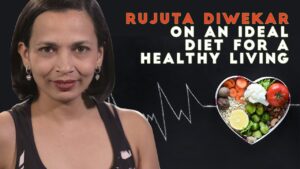
Keto Diet, Keto Foods, Keto Recipes Video – 28
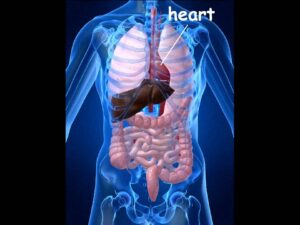
INTERNAL ORGANS

Intermittent Fasting & Fasting Video – 30
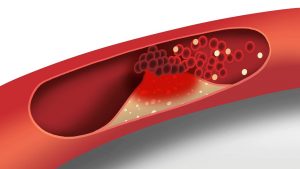
Cholesterol animation | Heart disease risk factors
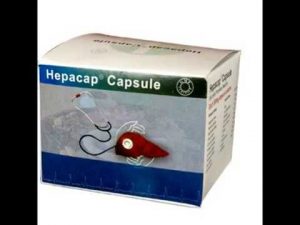
Hepacap Capsules

